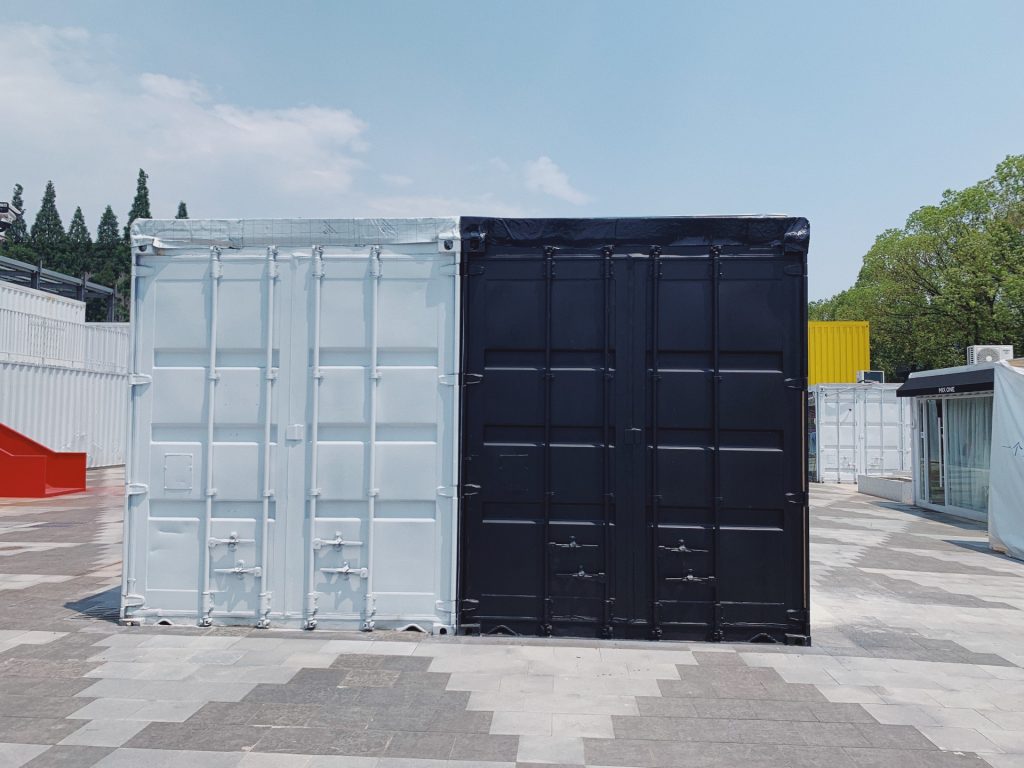How to Store Furniture Inside a Shipping Container

3 Ways to Reuse Used Shipping Containers
December 13, 2019
8 Transportation Trends to Look Out for in 2020
January 28, 2020There are a number of ways you can store furniture and one of them is by using a shipping container. Shipping containers are robust in construction and provide a large amount of storage space. They can easily protect your furniture from the elements and safekeep them for future use. In this guide, we’ll be discussing how to properly store furniture inside a shipping container so you can get the most out of this storage option.

Using a shipping container to store furniture at home
When it comes to home storage, you can’t beat using a shipping container. They’re an affordable way to secure huge storage space and can fit even your largest of furniture. Shipping containers are ideal for house renovations, relocations, and other situations where you need a reliable form of storage. Shipping containers can also function as a temporary self-storage unit until you actually secure a storage unit for long-term storage.
During home construction, you can easily save time and money using a shipping container. Should you wish to add or remove items during the project, you can do so by storing them inside the shipping container. This helps facilitate the process and eliminates the need of going back and forth to grab your items and/or equipment.
Using a shipping container for commercial purposes
Shipping containers are an ideal storage option for commercial applications. If you make a living by selling furniture, then you most definitely need a sizeable stock room. You can do just that by using weather-proof shipping containers. They provide excellent long-term value and are fully windproof and waterproof. This assures you of a solid shipping container that will protect your furniture from the elements.
Suppliers offer great deals to their clients who wish to use their shipping containers for commercial purposes. For example, they provide high security lock boxes and padlocks that are insurance-rated to protect your furniture from damage and losses. Extra security features like alarm systems safeguard your furniture even further and notify you immediately if any suspicious activity is happening around your shipping container.
Temperature changes inside a shipping container
Keep in mind that while shipping containers are built to keep the weather out, its interior is prone temperature changes since there’s no insulation to prevent this from happening. You have to make sure that the temperature changes are similar to what’s happening outside. If your furniture or items can’t withstand this fluctuation, then you will have to explore your options like adding a ply-lined insulation board or using a refrigerated shipping container.
You want to ensure a stable internal temperature inside the shipping container to prevent any condensation buildup that could damage or ruin your furniture. This is the perfect segway to address a common issue in shipping containers and that is condensation or sweat.
Addressing condensation in a shipping container
When a non-insulated shipping container cools down overnight, it can be susceptible to condensation which forms on the roofs and walls. This can lead to container rain and drip down on the furniture. If you store tools and machinery inside the shipping container, they may be at risk of rusting. Furniture on the other hand, may suffer from mould and mildew buildup that could ruin its exterior finish.
There are a couple of ways to combat condensation inside a shipping container and one example is by using desiccants. Desiccants are hygroscopic substances that absorb moisture in the air and promote a dry state within its vicinity. Container desiccants come in large, 2kg bags that are hung on the walls and roofs of shipping containers to reduce condensation and keep your furniture dry.
You can also use an industrial dehumidifier to maintain the humidity levels inside the shipping container. Condensation can contribute to a musty smell and adhere to your furniture if not addressed immediately. Just make sure that you have a proper drainage system so that the dehumidifier can continue to minimise shipping container condensation.
How secure is a shipping container
Shipping containers are built to withstand rough handling, storage and shipment. All four walls are secure and the only thing you have to worry about is the entry point in the front. The doors used on shipping containers aren’t exactly secure so you’ll need to reinforce it by adding a lockbox. Lockboxes are a crucial security component on shipping containers which protects the padlock from tampering and damage.
The last thing you want is to expose the padlock from the elements which could compromise its integrity. Rain, ice, and snow can work its ward towards the padlock’s inner workings and make it difficult to open. Most second hand shipping containers spend the majority of their lifespan in secure areas such as warehouses, trains, trucks, and ships. As such, these shipping containers don’t come with lockboxes installed since it’s not a requirement for intermodal shipping.
When searching for a shipping container, choose one that has a lockbox already installed. This will save you the time and effort from having to weld the lockbox onto the container door. If you’ve picked up a shipping container without a lockbox, you can purchase bolt-on lockboxes that can easily be installed without the need for welding equipment. Alos, don’t forget a place to store your shipping container.
Storing your furniture inside a shipping container is a practical storage solution. That said, you have to know how to store furniture inside these containers properly to provide maximum protection and reduce the risk of damage or loss. Hopefully with this information, you’ll be able to utilise shipping containers to their full advantage.


